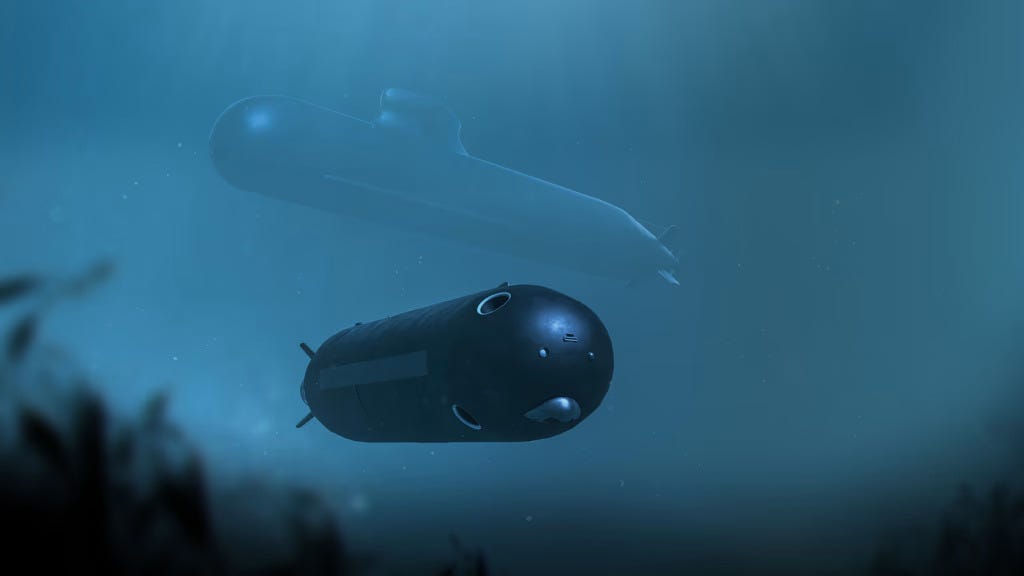Saab’s LUUV: The Baltic’s New Silent Hunter
I promise… No Swedish Chef jokes.
Sweden just unveiled a project that could change the balance of naval power in the Baltic. Saab is developing a brand-new, large autonomous submarine.
No crew. No bunks. No hot meals. No stinky sailors. Just a silent machine prowling beneath the waves.
Today, we’re talking about Saab’s LUUV, short for Large Uncrewed Undersea Vehicle. Think of it as Sweden’s answer to the rising demand for unmanned systems below the surface, and maybe, Europe’s second-cousin-twice-removed to Australia’s “Ghost Shark” autonomous sub program.
Let’s get into what this thing is, what it can do, why it matters, and how it stacks up against other undersea robots on the world stage.
The News: Saab Signs On
Saab just inked a 60-million-kronor contract with Sweden’s Defense Materiel Administration, the FMV, to design, build, and put to sea a large autonomous submarine.
And they aren’t talking about a far-off 2035 pipe dream either. Saab says the first LUUV will be in the water for sea trials by the summer of 2026. In defense timelines, that’s lightning speed.
The real ace up Saab’s sleeve is that they’re not starting from scratch. The brains of this beast will be powered by their existing Autonomous Ocean Core, a software suite that already runs autonomous surface vessels.
Which means the navigation, decision-making, and control systems have already been tested in salty, real-world conditions. What Saab’s doing now is strapping that digital pilot into a much larger, tougher, submersible frame.
It’s less “inventing the wheel” and more “bolting on tank treads.”
For the moment, LUUV won’t carry torpedoes or cruise missiles. Its first job is as a sensor platform.
That means quietly patrolling Europe’s undersea backyard to map seabed terrain, keep eyes on critical infrastructure like pipelines and power cables, and shadow hostile submarines when they come snooping.
Think of it as a set of underwater surveillance satellites, but cheaper, harder to detect, and much closer to the action.




